Home>Furniture & Design>Outdoor Furniture>Why Won’t My Outdoor Lights Work
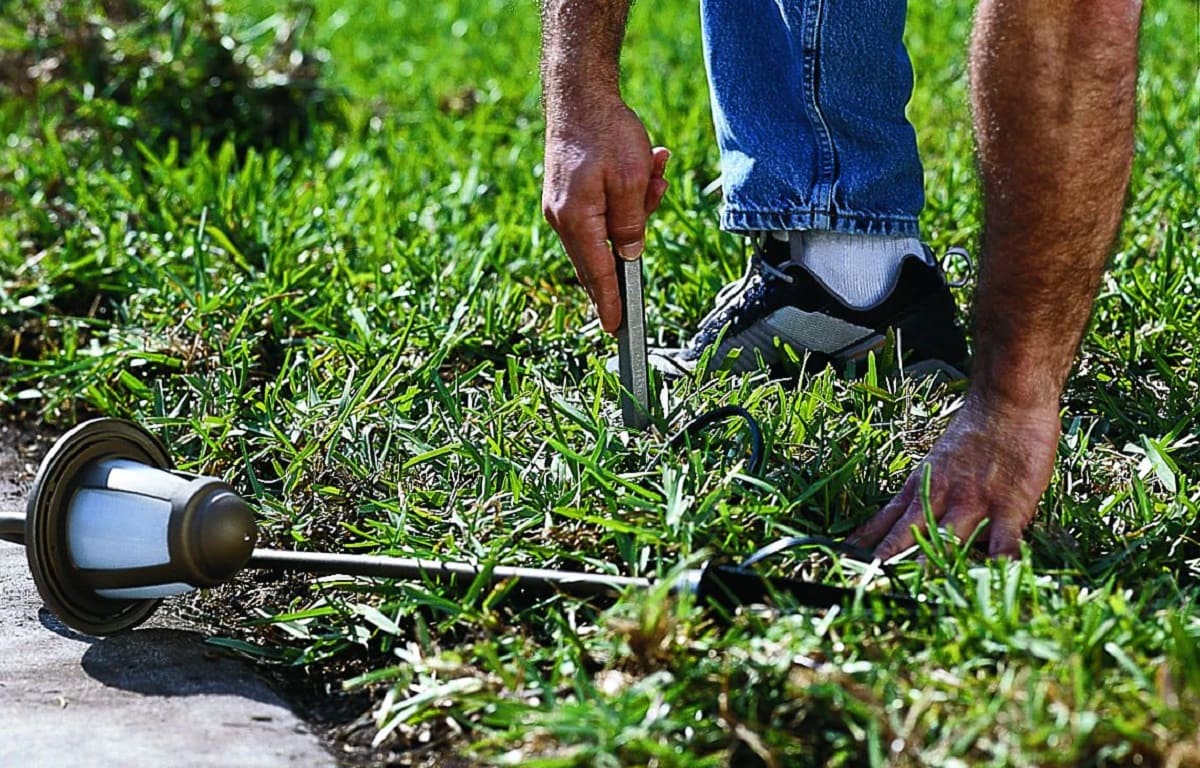

Outdoor Furniture
Why Won’t My Outdoor Lights Work
Modified: March 1, 2024
Discover the reasons why your outdoor lights may not be working and how to troubleshoot the issue. Get expert tips on outdoor furniture, design, and maintenance.
(Many of the links in this article redirect to a specific reviewed product. Your purchase of these products through affiliate links helps to generate commission for Storables.com, at no extra cost. Learn more)
Introduction
So, you've just finished setting up your beautiful outdoor space, complete with a cozy seating area, a stylish dining set, and perhaps even a fire pit to create a warm and inviting ambiance. You're ready to bask in the glow of your outdoor lights, but to your dismay, they don't seem to be working. Fret not! This common issue can often be resolved with a few simple troubleshooting steps.
Outdoor lighting not only adds an enchanting allure to your outdoor oasis but also serves practical purposes such as enhancing safety and security. Whether you have string lights adorning your patio, elegant lanterns illuminating your garden, or sophisticated wall sconces accentuating your home's exterior, it's essential to ensure that they are in optimal working condition.
In this guide, we'll delve into the common reasons why your outdoor lights may not be functioning and provide practical solutions to help you illuminate your outdoor space once again. From checking the power source to inspecting the bulbs and examining the wiring, we'll walk you through the troubleshooting process step by step. So, grab your flashlight, and let's shed some light on why your outdoor lights won't work!
Key Takeaways:
- Don’t panic if your outdoor lights won’t work! Start by checking the power source, inspecting the bulbs, examining the wiring, and testing the switch to troubleshoot and fix the issue.
- Keep safety a top priority when troubleshooting outdoor lights. If you encounter complex issues, seek professional help to ensure a safe and effective resolution.
Read more: Why Are My Outdoor String Lights Not Working
Check the Power Source
Before delving into the intricacies of your outdoor lighting setup, it’s crucial to start with the most fundamental step: checking the power source. In many cases, the issue can be attributed to a simple power disruption or a faulty connection. Here’s how to go about it:
- Inspect the Outlet: Begin by examining the power outlet or junction box that supplies electricity to your outdoor lights. Ensure that it is operational by plugging in another electrical device. If the device doesn’t work, the outlet may be the culprit. In such instances, you may need to reset the circuit breaker or replace the outlet altogether.
- Test the GFCI Outlet: Many outdoor outlets are equipped with ground fault circuit interrupters (GFCIs) to protect against electrical hazards. Locate the GFCI outlet, typically found in areas exposed to moisture, and press the “reset” button. If it clicks and restores power, your outdoor lights should come back to life. If the GFCI repeatedly trips, there may be an underlying issue that requires professional attention.
- Check the Circuit Breaker: Head to your electrical panel and check for any tripped circuit breakers. If you find one, reset it and observe whether it resolves the problem. If the breaker continues to trip, it could indicate a more serious electrical issue that warrants the expertise of an electrician.
By thoroughly examining the power source and addressing any disruptions or malfunctions, you can often reignite your outdoor lights with minimal effort. However, if the power source appears to be functioning correctly and your lights remain unresponsive, it’s time to move on to the next troubleshooting step: inspecting the bulbs.
Inspect the Bulbs
When your outdoor lights refuse to illuminate, the culprit may very well be the bulbs themselves. Over time, outdoor bulbs can succumb to various issues, from simple wear and tear to complete burnout. Here’s how to assess and address potential bulb-related issues:
- Visual Examination: Begin by visually inspecting each bulb for signs of damage, discoloration, or visible filament breakage. If you notice any of these issues, it’s a clear indication that the bulb needs to be replaced. Additionally, ensure that the bulbs are securely screwed or inserted into their respective sockets, as loose connections can impede proper functionality.
- Test with New Bulbs: If the bulbs appear intact, consider replacing them with new ones to rule out the possibility of internal damage or burnout. Opt for high-quality, outdoor-rated bulbs suitable for your specific lighting fixtures. Whether you have incandescent, LED, or halogen bulbs, selecting the appropriate replacements is essential for optimal performance and longevity.
- Clean the Contacts: Over time, dirt, corrosion, or oxidation may accumulate on the bulb contacts and the socket terminals, leading to poor electrical conductivity. Carefully clean these components with a dry cloth or a small brush to remove any debris and restore proper contact. Be sure to turn off the power supply before undertaking this task to avoid any electrical hazards.
By meticulously examining and addressing bulb-related issues, you can often rejuvenate your outdoor lighting system without the need for extensive repairs or replacements. However, if the bulbs prove to be in good condition and your lights still remain unresponsive, it’s time to delve deeper into the wiring to uncover potential underlying issues.
Check the power source and make sure it’s turned on. Inspect the bulbs for any signs of damage or corrosion. Test the circuit with a voltage tester to ensure there’s power. If the problem persists, consult a professional electrician.
Examine the Wiring
When troubleshooting malfunctioning outdoor lights, the wiring system warrants thorough scrutiny, as it plays a pivotal role in delivering electricity to the light fixtures. Here’s how to methodically examine the wiring to identify and rectify potential issues:
- Visual Inspection: Begin by visually inspecting the wiring for any visible signs of damage, such as fraying, exposed conductors, or compromised insulation. Pay close attention to areas where the wiring is exposed to the elements, as environmental factors can accelerate wear and deterioration. If you detect any damage, it’s imperative to address it promptly to prevent safety hazards and restore functionality.
- Check for Loose Connections: Ensure that all wire connections, including wire nuts, terminal screws, and splices, are securely fastened. Loose connections can impede the flow of electricity and lead to erratic or non-existent lighting performance. Tighten any loose connections and verify that the wires are properly seated within their respective terminals.
- Utilize a Multimeter: If visual inspection alone doesn’t reveal any apparent issues, consider using a multimeter to test the continuity and voltage of the wiring. This diagnostic tool can help pinpoint underlying electrical faults, such as breaks in the circuit or irregular voltage levels, providing valuable insights for troubleshooting and repair.
- Assess the Grounding: Proper grounding is essential for the safe and effective operation of outdoor lighting systems. Verify that the wiring includes a dedicated ground wire and that it is securely connected to the grounding terminal of the light fixtures. Inadequate grounding can lead to electrical malfunctions and safety hazards, necessitating immediate attention.
By meticulously examining the wiring and addressing any identified issues, you can restore the integrity of your outdoor lighting system and ensure reliable performance. However, if the wiring appears to be in optimal condition and your lights still fail to illuminate, it’s crucial to turn your attention to the switch controlling the lighting circuit.
Test the Switch
As you troubleshoot your non-functioning outdoor lights, the switch that controls the lighting circuit becomes a critical focal point. A malfunctioning switch can effectively disrupt the flow of electricity to the light fixtures, rendering them unresponsive. Here’s how to assess and address potential issues related to the switch:
- Toggle the Switch: Begin by toggling the switch on and off multiple times while observing the behavior of the lights. If the lights intermittently flicker or exhibit any signs of activity during this process, it may indicate a faulty switch. Switches that have deteriorated over time or encountered moisture infiltration can exhibit erratic behavior, leading to lighting inconsistencies.
- Inspect for Damage: Carefully examine the switch for any visible damage, such as cracks, discoloration, or signs of corrosion. Additionally, if the switch is located in an outdoor environment exposed to the elements, ensure that it is adequately weatherproof and shielded from moisture. Damaged switches should be replaced promptly to restore reliable functionality to the lighting circuit.
- Verify the Wiring Connections: Turn off the power supply to the switch and carefully inspect the wiring connections. Loose or faulty connections at the switch terminals can impede the transmission of electrical signals, resulting in lighting issues. Ensure that the wires are securely fastened and that the switch terminals are free from corrosion or oxidation.
- Consider a Replacement: If the switch exhibits signs of damage or fails to consistently activate the lights, consider replacing it with a new, high-quality switch designed for outdoor applications. Opt for weather-resistant switches equipped with durable enclosures to safeguard against environmental elements and ensure long-term reliability.
By thoroughly testing and addressing potential issues related to the switch, you can effectively eliminate this component as a source of lighting malfunctions. However, if the switch proves to be in optimal condition and your lights remain unresponsive, it may be necessary to seek professional assistance to diagnose and resolve more complex electrical issues.
Read more: Why Outdoor Lights Not Working
Conclusion
As you navigate the troubleshooting process for your non-functioning outdoor lights, it’s essential to approach the task with patience and a systematic methodology. By methodically examining the power source, inspecting the bulbs, scrutinizing the wiring, and testing the switch, you can often identify and resolve the underlying issues that hinder your lighting system’s performance.
Throughout this endeavor, safety should remain a top priority. Always exercise caution when working with electrical components, and if you encounter complex or potentially hazardous situations, it’s advisable to seek professional assistance from a qualified electrician. Electrical systems, especially those exposed to outdoor elements, demand meticulous attention to detail and adherence to safety protocols.
By diligently addressing the potential causes of lighting malfunctions, you can restore the enchanting glow to your outdoor space, creating a captivating ambiance for relaxation, entertainment, and aesthetic enjoyment. Whether you’re illuminating a charming patio, a verdant garden, or an inviting pathway, functional outdoor lighting enhances both the practical and aesthetic aspects of your outdoor environment.
Remember, the troubleshooting process outlined in this guide serves as a valuable starting point for resolving common outdoor lighting issues. However, should you encounter persistent challenges or complex electrical issues, enlisting the expertise of a professional ensures the effective diagnosis and resolution of the underlying problems.
With a keen eye for detail and a methodical approach, you can overcome the hurdles of non-functioning outdoor lights, ultimately illuminating your outdoor haven with warmth, elegance, and functionality.
Frequently Asked Questions about Why Won't My Outdoor Lights Work
Was this page helpful?
At Storables.com, we guarantee accurate and reliable information. Our content, validated by Expert Board Contributors, is crafted following stringent Editorial Policies. We're committed to providing you with well-researched, expert-backed insights for all your informational needs.
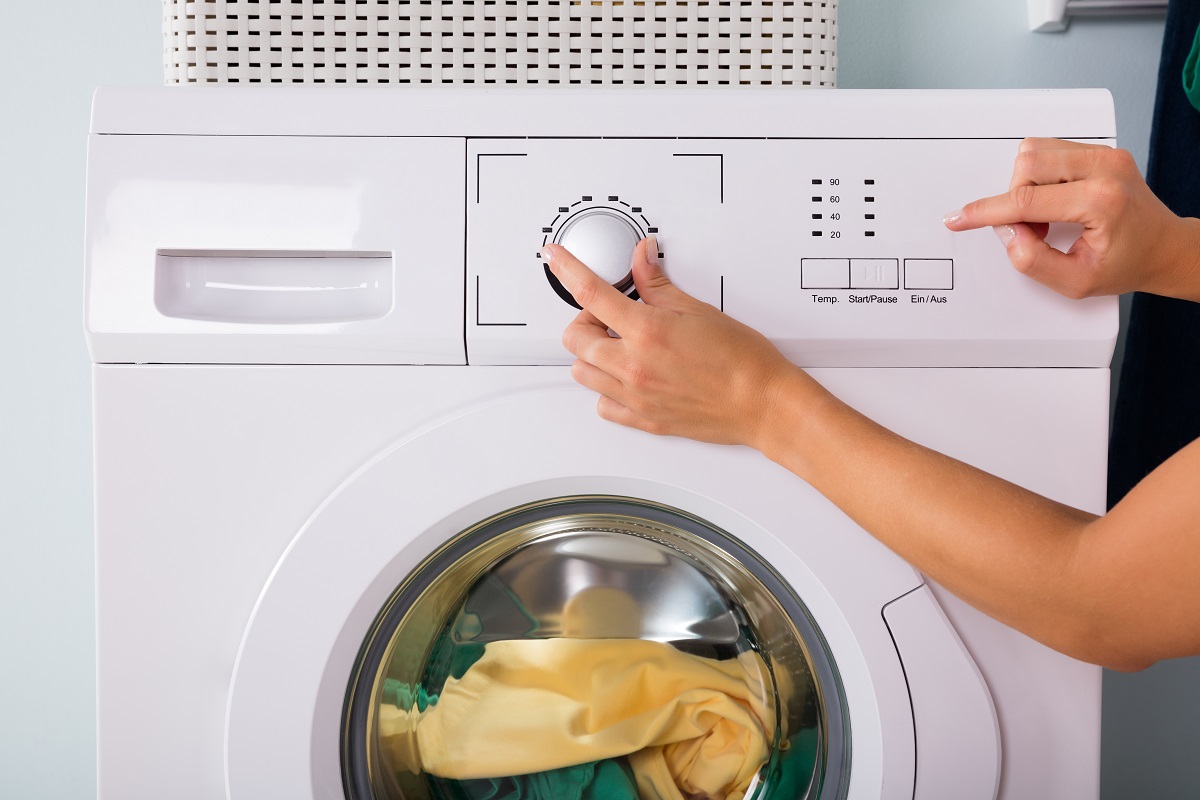
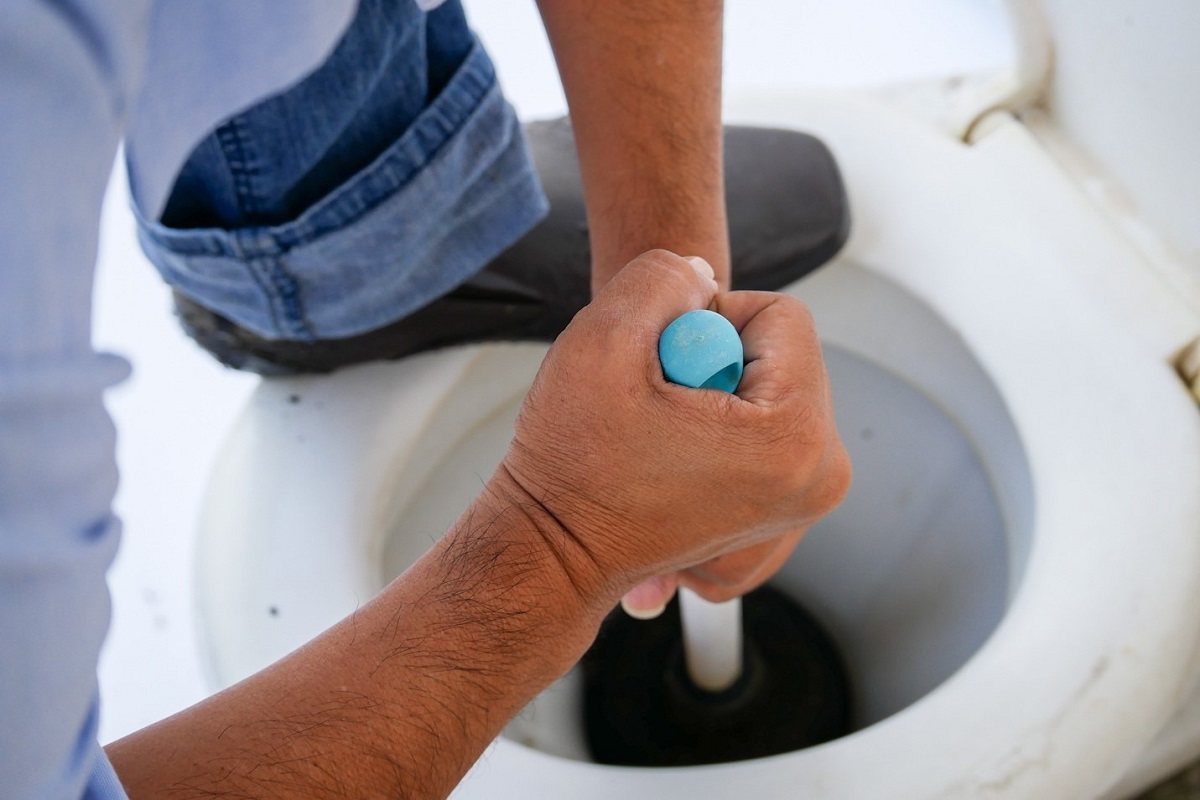
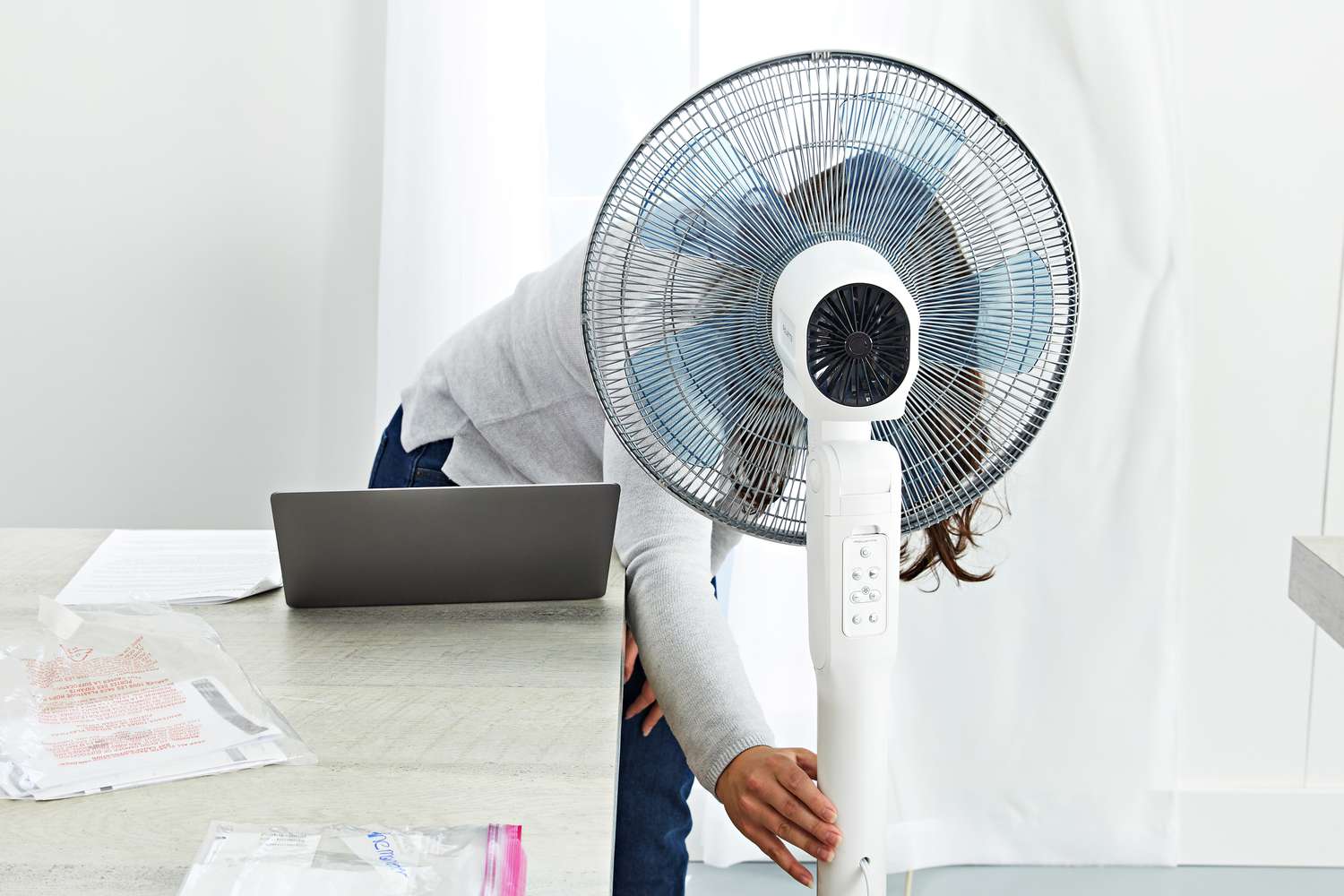
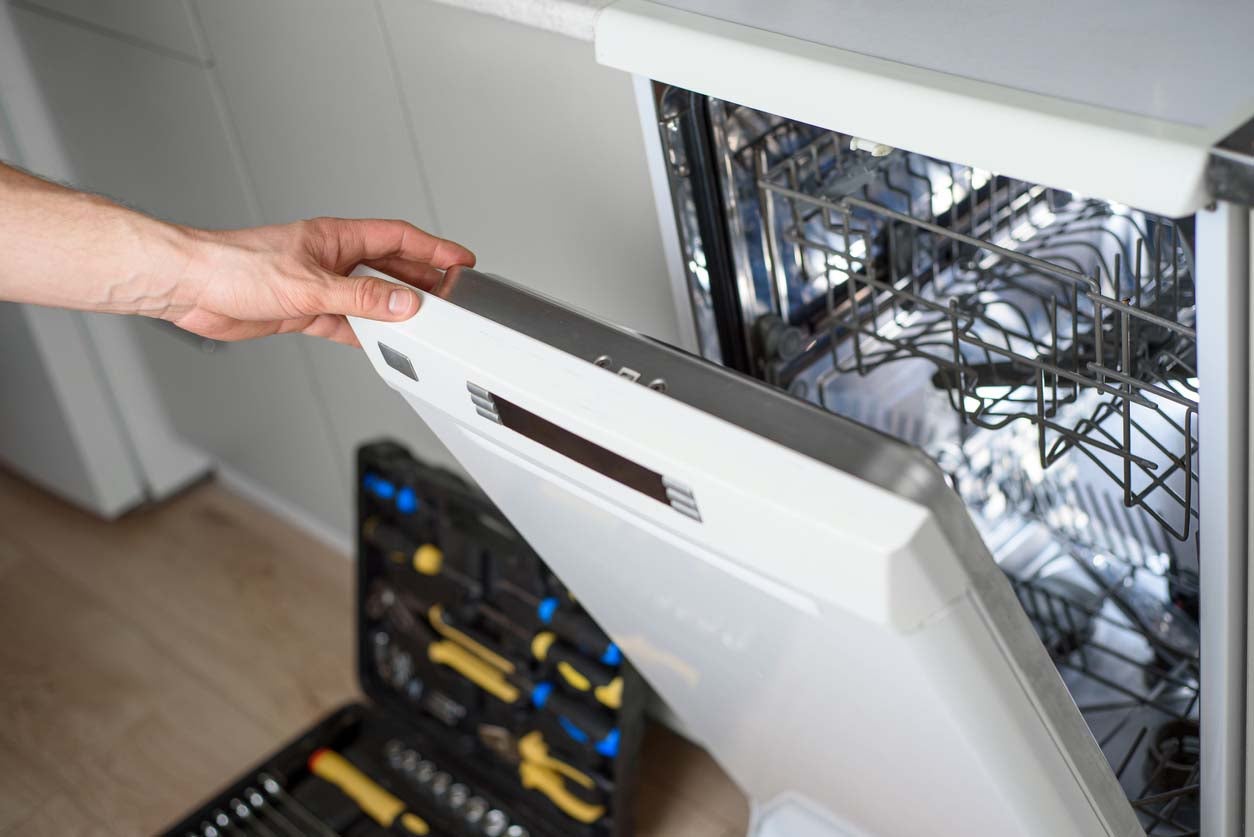
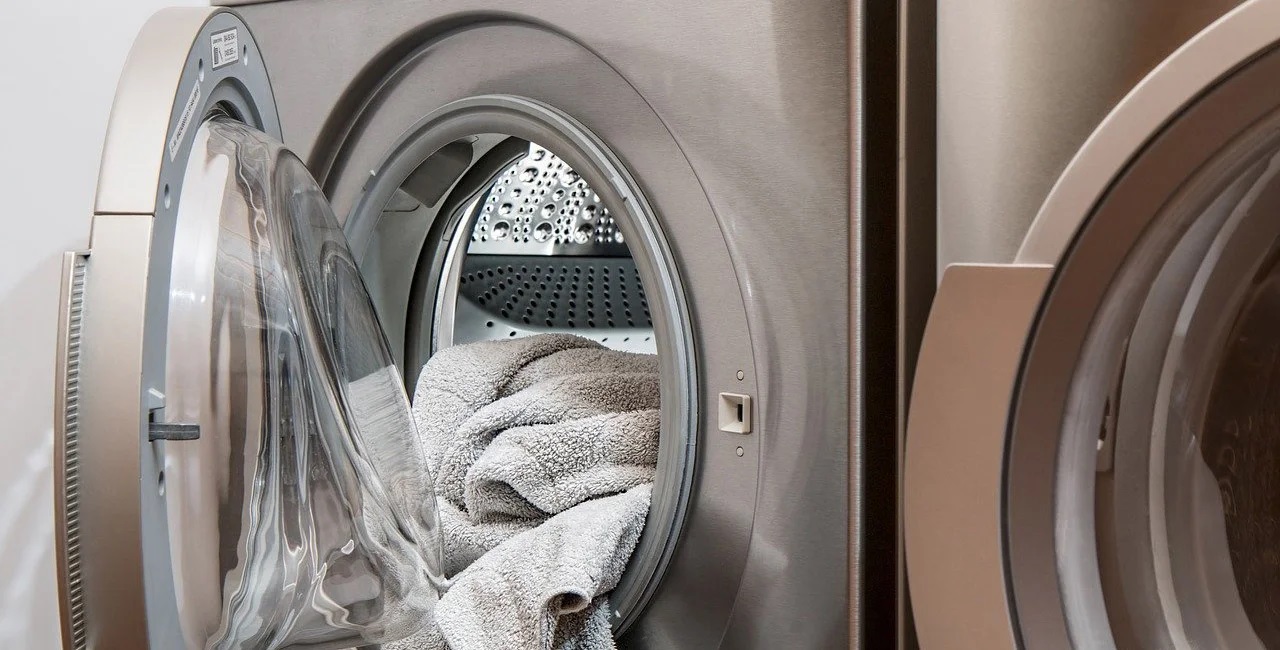
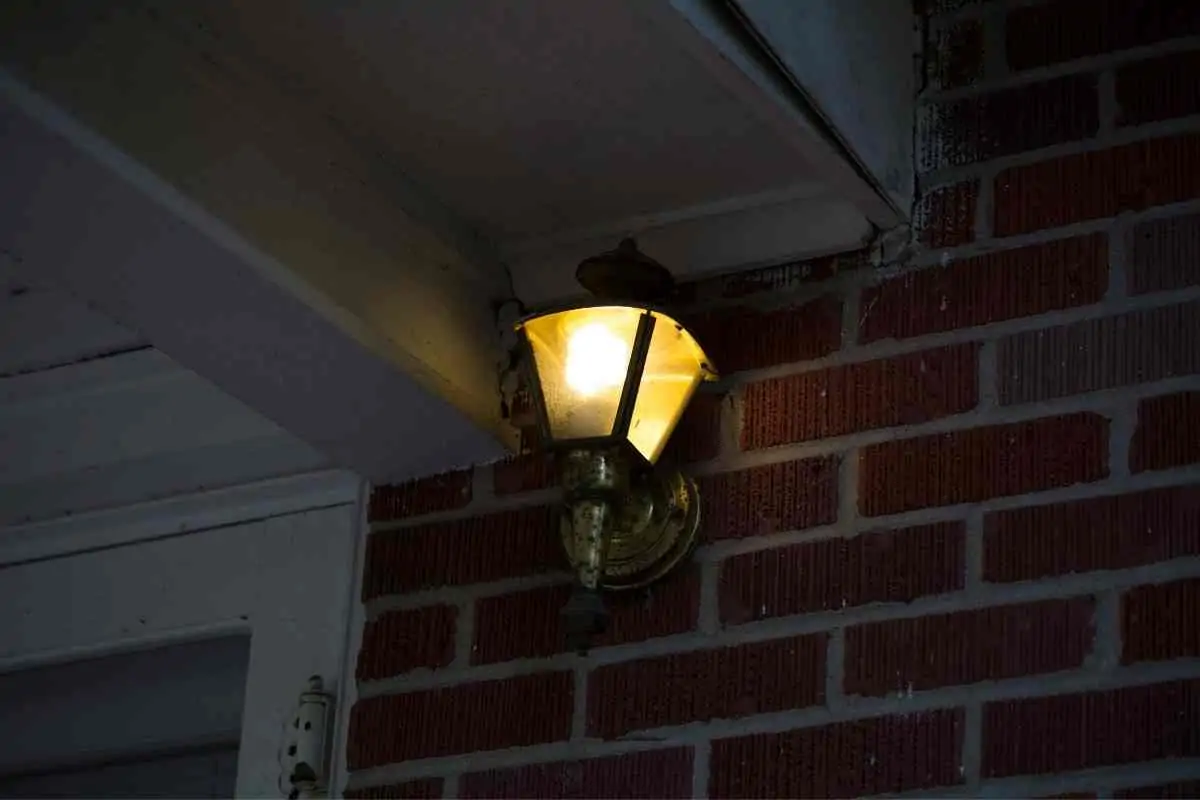
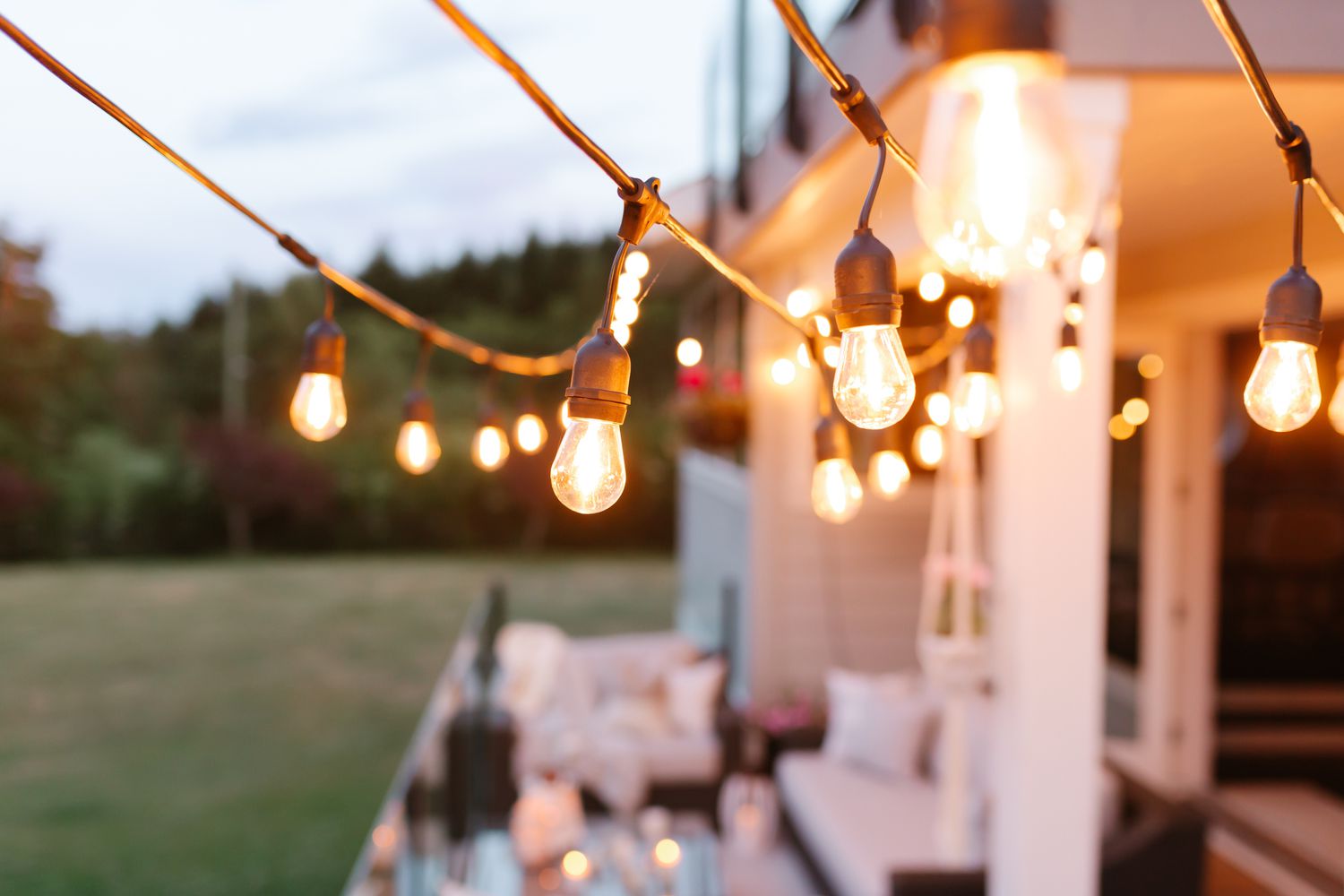
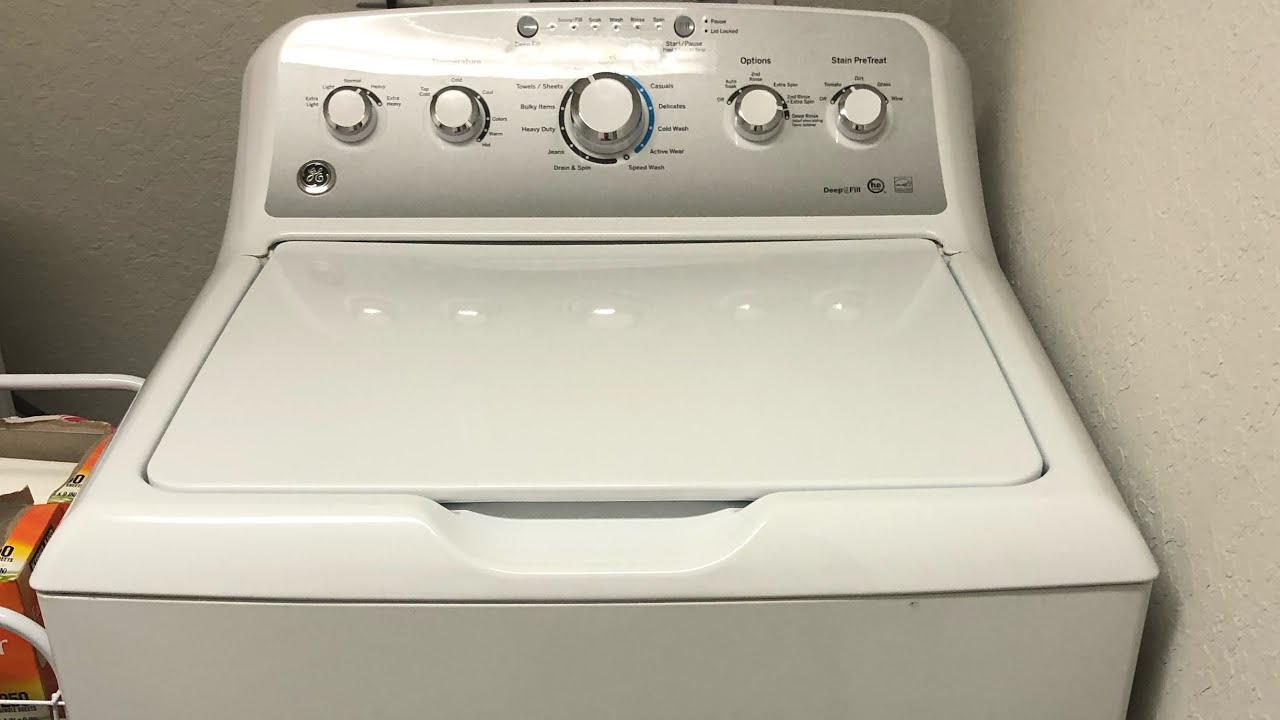
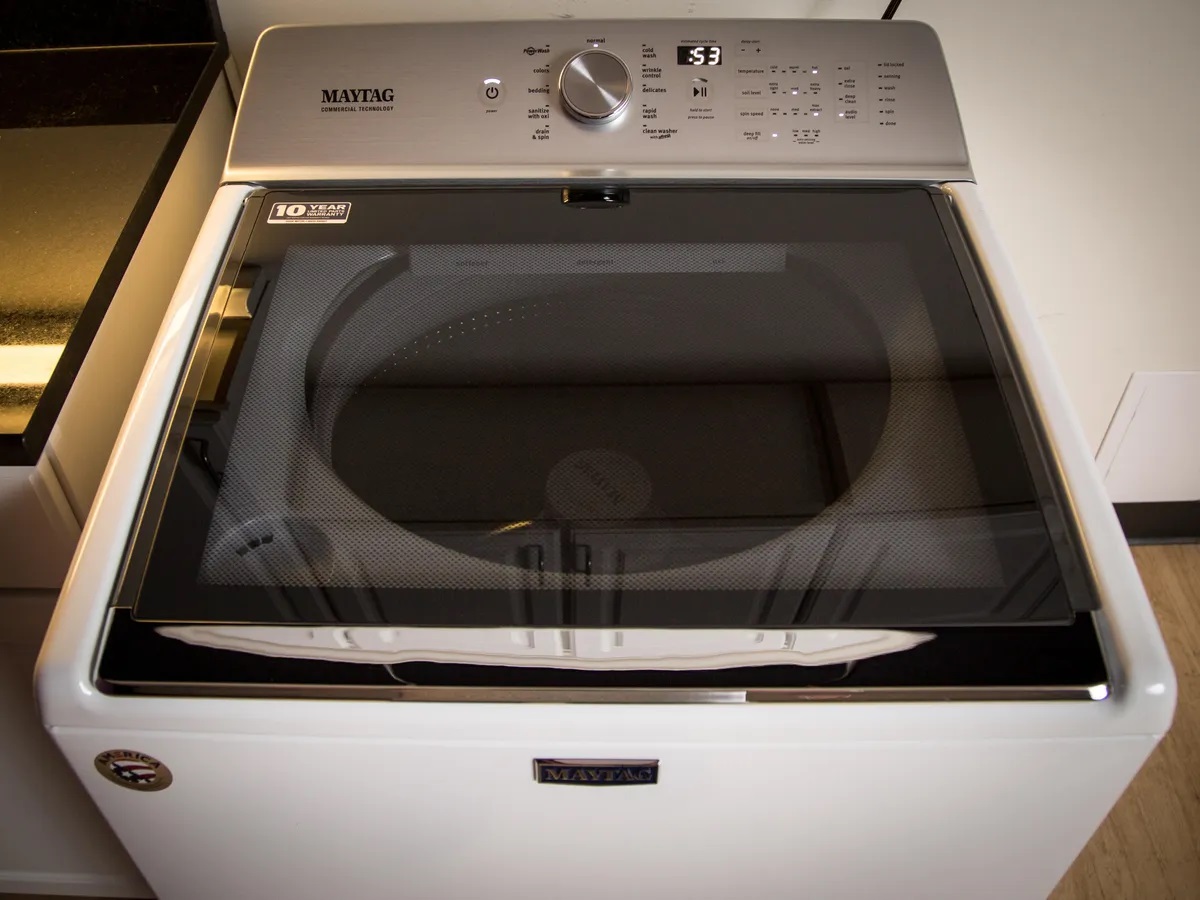
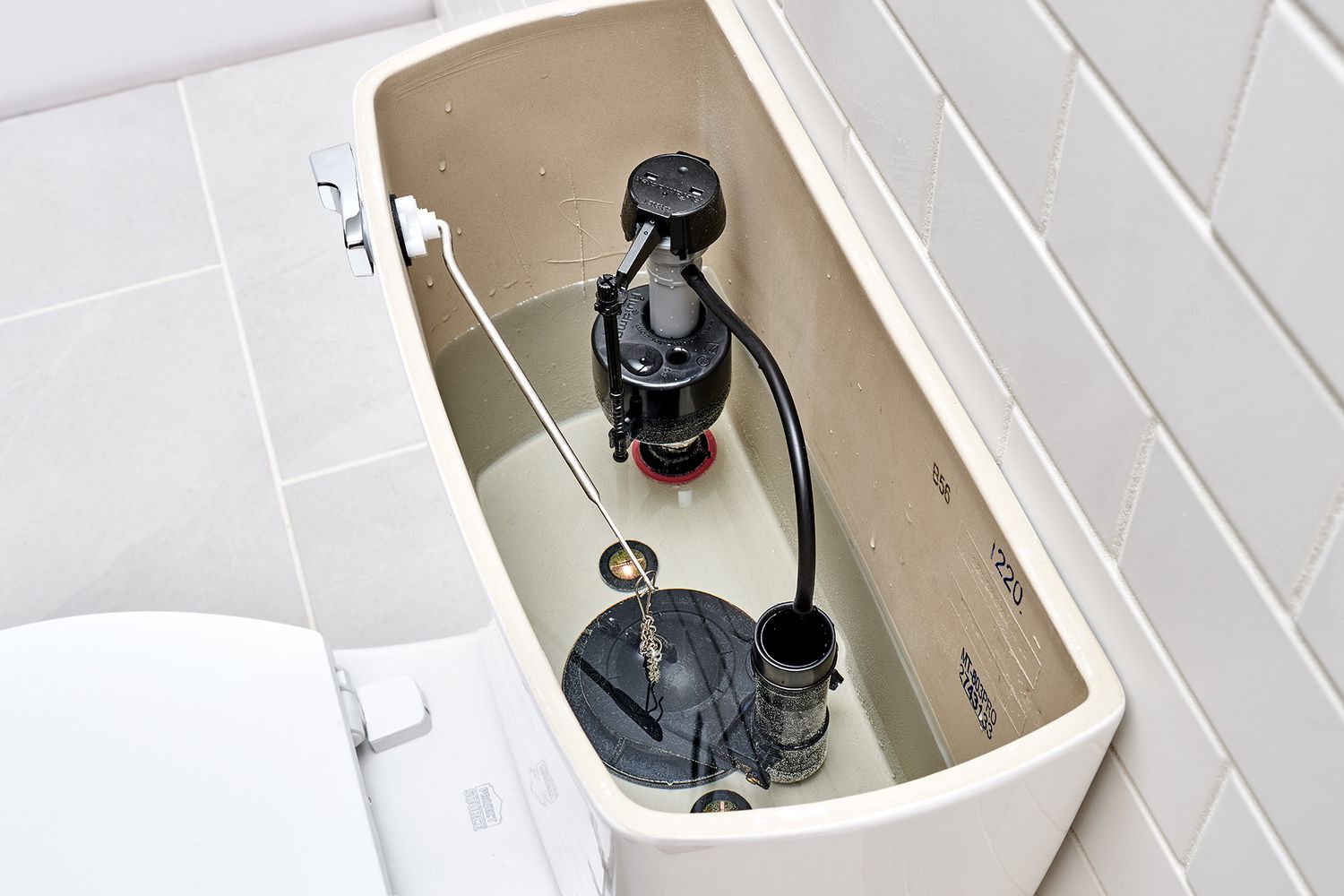
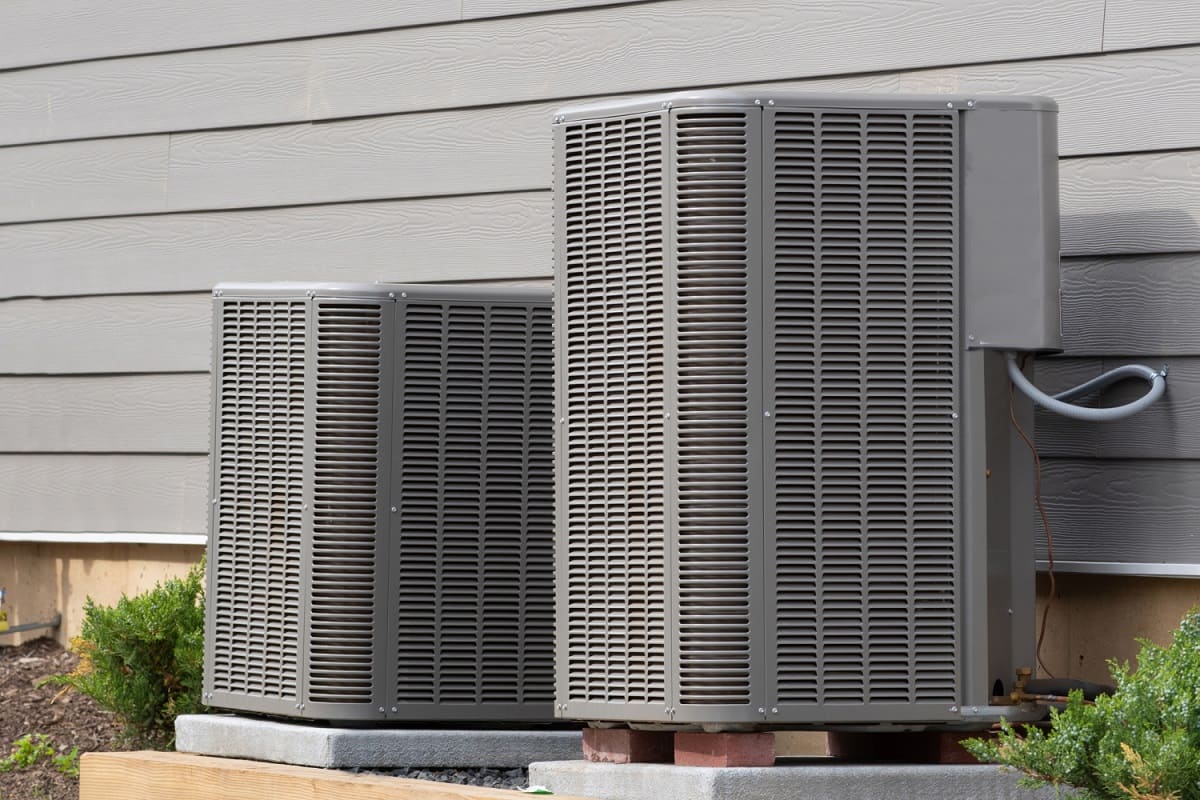
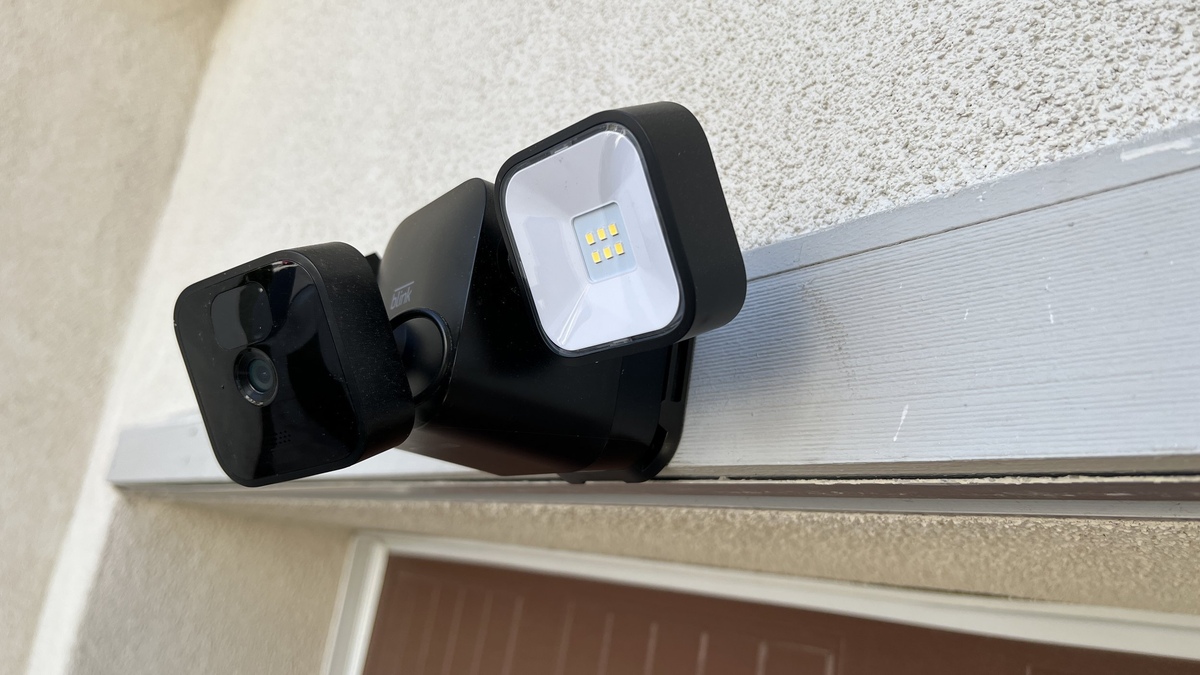
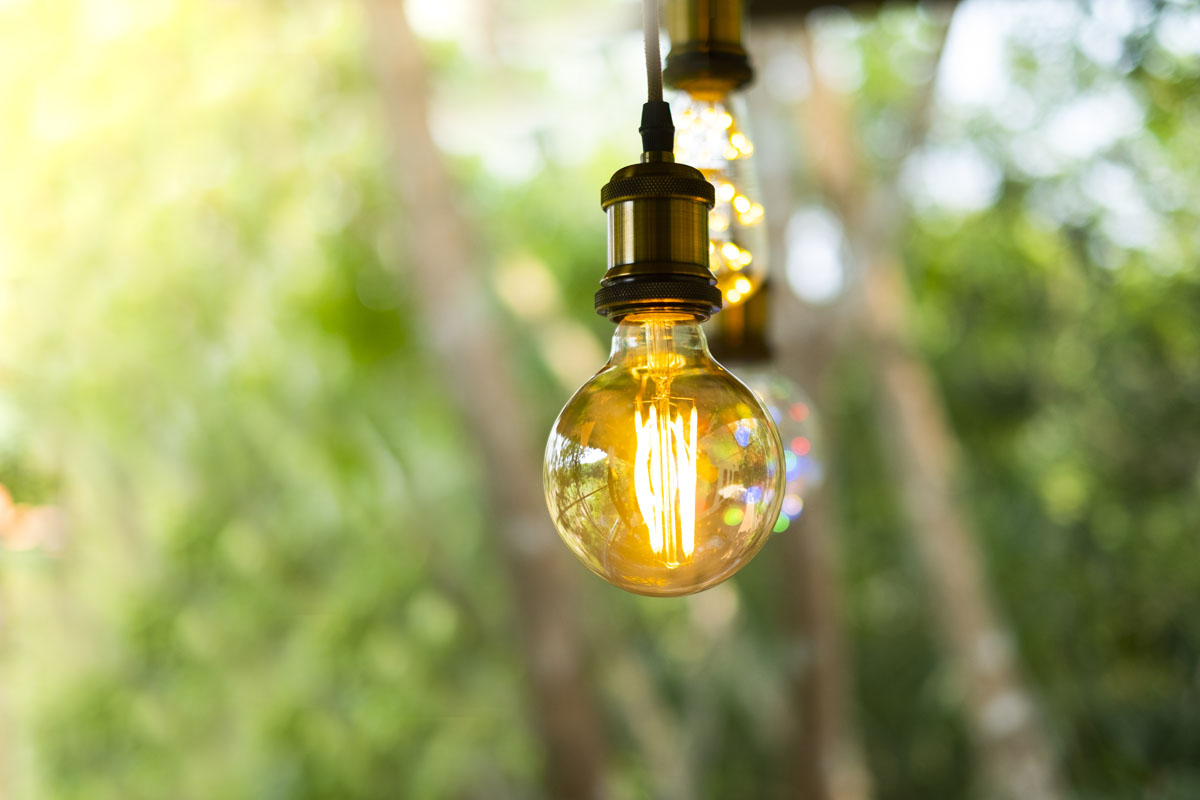
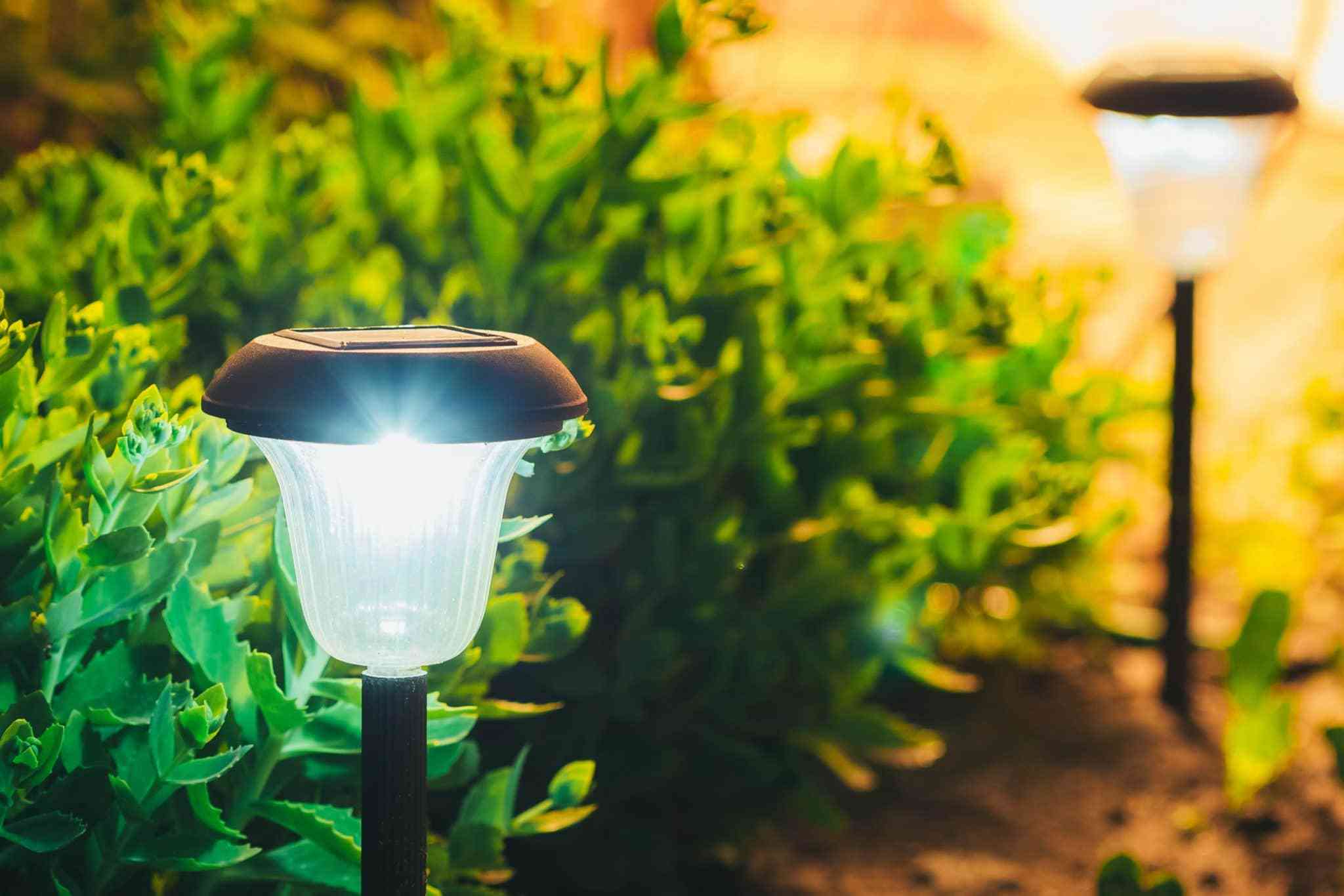

0 thoughts on “Why Won’t My Outdoor Lights Work”